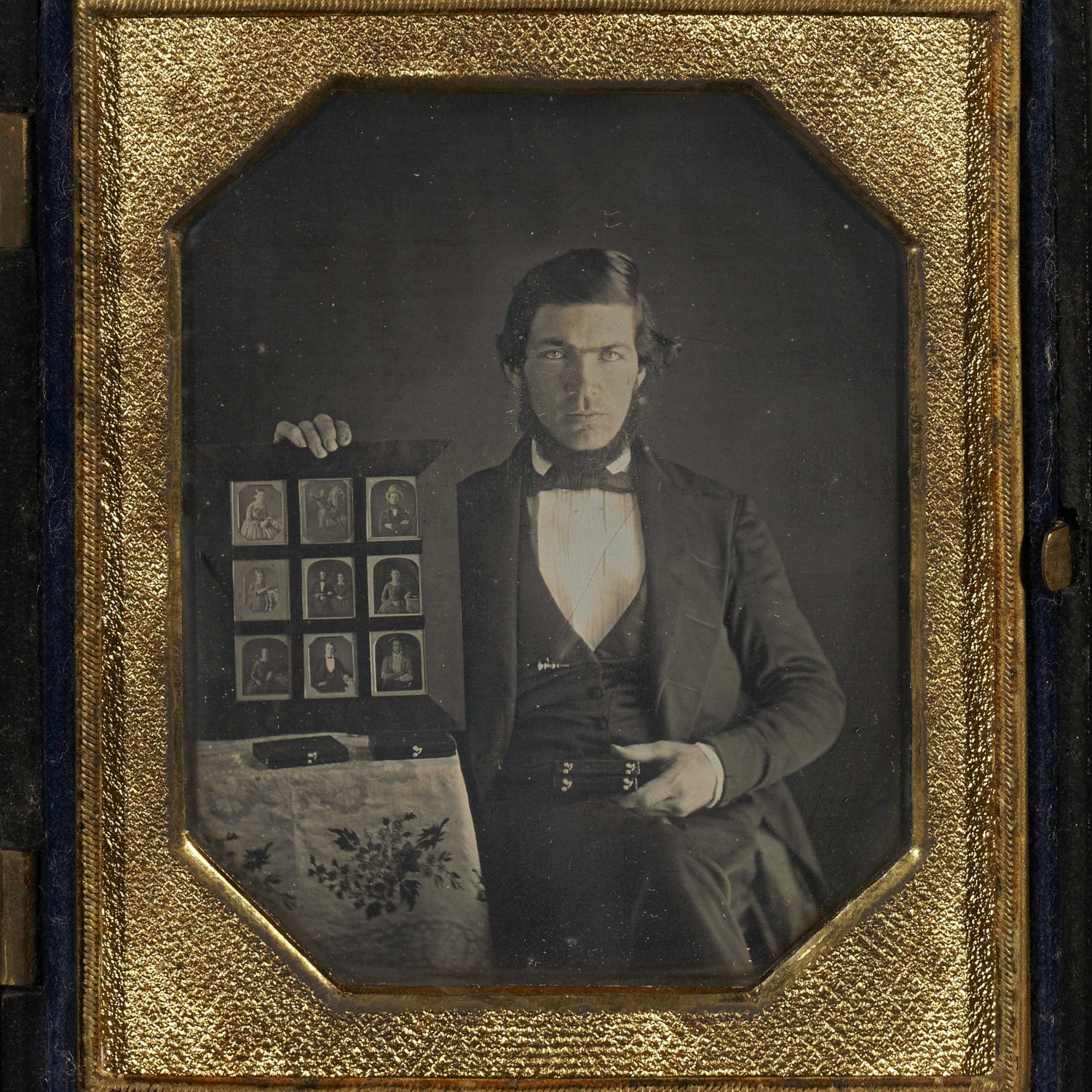In “Shannon Sullivan’s White Privilege and Antisemitism in James Gray’s Armageddon Time,” I delve into Shannon Sullivan’s concept of white privilege as it manifests in James Gray’s 2022 film, Armageddon Time. Sullivan’s work addresses white racial privilege and the challenges associated with middle-class, white anti-racism. Armageddon Time takes place in the 1980s and presents the Graff family, seemingly “good white people” with progressive, anti-racist intentions, who, in effect, perpetuate the white privilege Sullivan critiques. However, the film’s complexity arises from the family’s Jewish identity, introducing antisemitism as a critical factor complicating Sullivan’s analytical framework. I argue that antisemitism poses a challenge to Sullivan’s understanding of white privilege, suggesting an alternative strategy that deals with ethnic and religious nuances within whiteness, and I offer a hypothesis as to why Sullivan’s analytical frame is mostly binary.
The United States experienced a marked increase in antisemitic threats of violence both online and offline following Donald Trump’s election in 2016. This trend continued, with further spikes after the October 7th, 2023, attack on Israeli citizens by Hamas militants. Teacher-led pro-Palestinian rallies at Berkeley High School resulted in students taunting Jewish classmates with Nazi salute songs and derogatory remarks. This convergence of right- and left-wing antisemitism motivates the current inquiry.
Sullivan’s notion of “white privilege” has become a common phrase in American progressive vocabulary. In her books, Revealing Whiteness: The Unconscious Habits of Racial Privilege, Good White People: The Problem with Middle-Class White Anti-Racism, and White Privilege, Sullivan explores the habits of white privilege and white, middle-class anti-racism. The paper aims to illustrate Sullivan’s understanding of white privilege, explain her central thesis regarding middle-class white anti-racism using Armageddon Time, and argue that antisemitism presents a problem for Sullivan’s analysis.
In the article I pose critical questions to Sullivan’s analysis: Are Jews, as proxies for Israel, seen as white oppressors or as an inferior race targeted by white supremacists? This raises the issue of whether antisemitism stems from the progressive left or the regressive right. And how does class, a central feature of Sullivan’s analysis, factor into this dynamic?
Left-wing antisemitism is often overlooked due to an oversimplified schema of light-skinned oppressor and dark-skinned oppressed, allowing it to go unchecked by white anti-racists. As Tammi Rossman-Benjamin notes, Jews are not typically viewed as oppressed within a DEI framework, but rather as white, privileged oppressors who do not merit attention from DEI programs.
I argue that the experiences of the working-class, Jewish Graff family in Armageddon Time shed light on how antisemitism escapes Sullivan’s analysis of whiteness. A more nuanced approach to whiteness, accounting for ethnicity and religion, would better capture the phenomenon of antisemitism, which both participates in white privilege and is targeted by white supremacist hate.
Sullivan defines white privilege as “a constellation of psychical and somatic habits formed through transaction with a racist world.” These unconscious habits, exposed by Sullivan, are manifold and can be analyzed in both negative and positive senses. In the negative sense, white privilege entails a lack of certain experiences. For example, white people do not usually worry about being followed by store security guards who see them as potential shoplifters. This comfort reveals the instance of white privilege, as Black people are often assumed to be potential criminals. This absence of negative experiences makes it difficult for those with white privilege to identify it. In the positive sense, white privilege accrues benefits, including material wealth and the freedom to enter any space with default respect. Sullivan calls this “ontological expansiveness.” An example is a white passenger being allowed to board an airplane with an oversized carry-on bag, while a non-white passenger is forced to check theirs. The characters in Armageddon Time often willfully deny or ignore their privilege.
Armageddon Time illustrates white privilege in both of these senses. In the opening scene, Paul Graff, a white student, and his Black friend, Jonathan Davis, both get in trouble. However, the teacher displays prejudice toward Davis, assuming he was responsible for the antics. This reflects the negative aspect of white privilege, where Paul benefits from the absence of special discriminatory judgment. Paul understands the stakes of their venture are asymmetric. Johnny remarks, “Nothing is gonna happen to you, man. You’re like rich, and your mother’s the president of the school.” This highlights the barriers that the world puts up for Johnny at every turn. Paul’s white privilege comes into clear relief when he and Johnny get caught smoking a joint in the restroom. Paul’s mother is more concerned with her run for the school board and asks if the Black boy gave him the joint. This shows a racial bias. Paul’s father hits him and forbids him from associating with Johnny. Paul’s grandpa is even more overt about white privilege, knowing that a private school education will earn him a seat at the table.
The central antinomy of white privilege, as depicted in Armageddon Time, is what price a good white person is willing to pay to live an anti-racist life. Armageddon Time showcases the nuances of non-racists benefiting from white privilege. Reagan’s presidential landslide victory underscores the family’s shock, but Paul’s grandmother is thrilled that her grandchildren will gain “a real seat at the table” in their new private school.
Sullivan addresses the complexity of white privilege. In White Privilege, each chapter’s title comes from a commonly held belief about white privilege, which the chapter’s substance then undermines. Sullivan argues that Black knowledge of white habits of behavior can benefit non-white people. However, she does not explicitly address ethnicities or religious affiliations that may confer or distance groups from whiteness.
The Graffs are Jewish and understand anti-Semitic marginalization. Their goal is to acquire white privilege while maintaining their self-image as good white non-racists. They do not offload racism onto subgroups like “hillbillies” or “white trash.” Sullivan overlooks that racial integration represents the same pollution of purity to Aunt Ruth.
Sullivan eschews making whiteness fuzzier by reducing it to ethnicity, arguing that “being Irish or Italian [or Jewish] alone does not capture” the essence of whiteness. Charles W. Mills counters that white privilege is mutable, illustrating that it is a socially constructed category where signatories are constructed. He wants to “fuzzify” the categories by introducing distinctions, as it is a non-white binary.
Sullivan and I share some demographic similarities that may explain the gaps left by her understanding of whiteness, white privilege, and white anti-racism. We are both white professors of philosophy at public universities in the Mid-Atlantic. We are both from the Old Southwest, Texas and Oklahoma, respectively. We are both Gen Xers. We grew up in a time when some white people used the n-word indiscriminately in our company. I suspect we both have a visceral distaste for the word and for the racism with which we grew up both witnessing and benefiting from. Being overtly racist in 1980 did not carry the same social penalty that it does in 2024. Sullivan’s “good white people” are much more common now, although my parents fit the mold well in 1980, allowing us to offload the world’s racism onto my grandparents and “redneck” cousins. Sullivan’s and my differences are also likely significant. Sullivan is a woman. She grew up in Odessa, Texas and attended a large pubic high school of Friday Night Lights fame, one that was only integrated in 1980. I am a man who grew up in Oklahoma City and graduated from an “elite” Episcopal Day School there. My teachers were almost all “good white people.”
I do not know if Sullivan’s racialized world was similar to mine in one way, however. I had no working knowledge of Jewishness as a race. I had one Jewish classmate, but her Judaism was as unimportant to me as was another classmate being a Methodist. (She was white). I felt more marginalized than my Jewish classmate because my family did not go to church and because my dad was a secular humanist. My ignorance of Jewish ethnicity or of the Jewish “race” meant that I lived in a binary world of Black and white race-relations, despite having loads of white-passing Lebanese classmates and friends. If Sullivan’s world was as binary as mine, it comes as no surprise that the plight of the Graffs in Armageddon Time, a working-class Jewish family with a Gentile-passing name, and the current phenomenon of left and right wing antisemitism escapes her matrix of white privilege and white middle-class anti-racism. The Graffs are Sullivan’s good white people without a sub-group to blame racism on, and their goal for their children is access to the white privilege Sullivan analyzes. The Graffs are racist non-racists who suffer anti-Semitic racism. They know the game is rigged but can only feel lucky when they get to play it. Their non-racist idealism is thwarted by their desire to live the American Dream, although the dream is built on a Reaganite myth of the Protestant work ethic and individualism.
In conclusion, I have argued that antisemitism presents a problem for Sullivan’s analysis, that Armageddon Time helps combat racism and antisemitism, and that the film is a welcome message for a society with a rise in antisemitism and violence.
The post White Privilege and Antisemitism in James Gray’s Armageddon Time first appeared on Blog of the APA.
Read the full article which is published on APA Online (external link)








